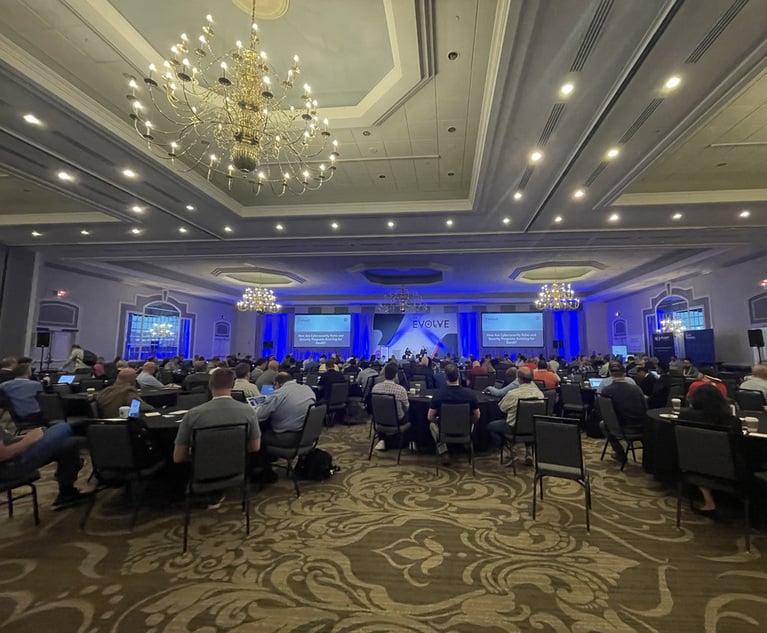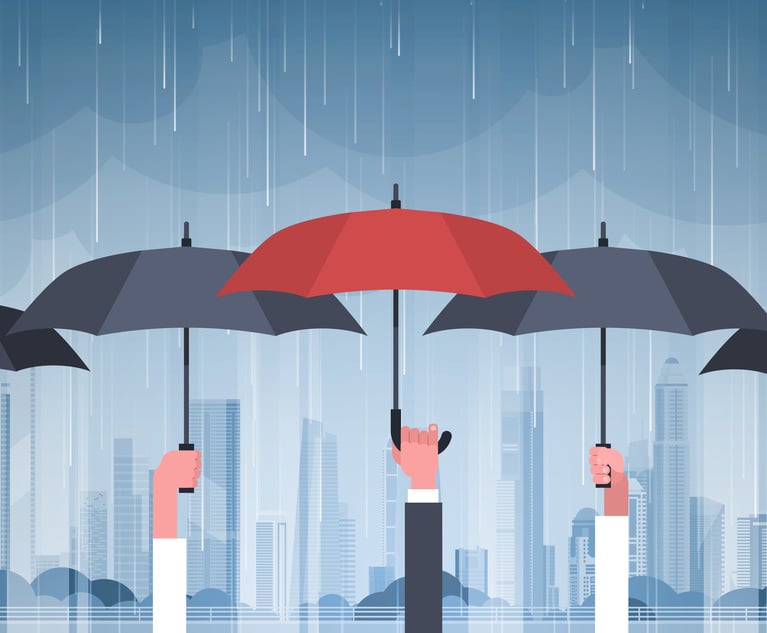Insurers and their intermediaries could be forgiven forpresuming that since the products they sell are so often complex,opaque, and misunderstood, the expertise and sales skills of theindustry's agent-based distribution system preclude widespreaddisruption by new types of providers.
|Unfortunately, evolving technological platforms are helping toturn that conventional wisdom on its head and threaten to renderintermediaries irrelevant for many insurance transactions asconsumers consider a host of new online shopping and purchaseoptions already at their disposal or on the near horizon.
|Indeed, traditional agents and brokers are at risk of beingdisintermediated and carrier business models that depend on themare being challenged as more insurance products are commoditized,underwriting and pricing systems are increasingly automated, and acritical mass of consumers arrange coverage on their own terms.
|That was one of the key conclusions we drew in the researchreport released earlier this year by the Deloitte Center forFinancial Services, "Insurers on the Brink: Disrupt or beDisrupted," which examines why a series of what we call"orthodoxies"— core presumptions about the strength and uniquenessof the industry's traditional value proposition and ways of doingbusiness — may no longer bevalid.
|Knowledge democratization is a key factor in disrupting theindustry's distribution models, as greater web (particularlymobile) access to information, combined with increasinglysophisticated online portals, allow consumers to shop for and buymany lines of insurance without an intermediary.
|Securing customer loyalty is likely to be farmore challenging as insurer ownership of client relationships isundermined by new types of go-betweens or direct-to-consumerdistribution. One example is small-business owners, as 61 percentof respondents to a Deloitte Center for Financial Services surveysaid they receive no service from their agents beyond shopping forcoverage, making them ripe for disintermediation.
|The risk of disruption
It's understandable why distribution might be primed fordisruption, given the expense of approaching prospects and handlingclients through an agent and broker network. On the other hand,such frictional costs represent quite a large opportunity for lesshuman-capital-intensive players.
|One such disruptor — aggregator websites, which allow consumersto compare prices from a number of carriers — is far from new tothe scene, and the concept has endured some bumps in the roadrecently. Yet in a world where more and more people routinely shoponline for many of their products and services, insurance isunlikely to be an exception over the long haul. Thistrend could accelerate if direct insurance sales can be facilitatedby robo-advisers modeled after the automated investment managementservices that are looming larger in the retirement-planningspace.
|Carriers will likely be enhancing their robo-advisercapabilities with rapidly evolving cognitive technologies,including human-computer interface tools such as gestural computing(algorithms interpreting human gestures), affective computing(recognizing and simulating human emotions), as well as augmentedreality (duplicating real-world environments in a computerprogram). This could help make consumers more comfortable workingwith virtual advisers, and ease the transition to automatedinsurance advisory systems for a growing number ofpolicyholders.
|Insurers also need to contend with the rise of "social brokers,"a new type of intermediary that creates affinity groups withsimilar risk profiles, then negotiates discounted coverage with oneor more carriers on their behalf.
|Continue reading…
||
More insurers are starting to market directly to consumerswith enhanced technology capabilities, often employing adistribution system parallel to their agency force for consumerswho prefer to shop for themselves online. (Photo:iStock)
|What should insurers be doing to disruptthemselves?
While emerging distribution options could threaten the viabilityof insurers that are overly dependent on agents and brokers, theyalso represent opportunities to drive growth by reaching andservicing customers in new ways. More insurers are starting tomarket directly to consumers with enhanced technology capabilities,often employing a distribution system parallel to their agencyforce for consumers who prefer to shop for themselves online. Suchhybrid systems are primed for expansion as carriers look to reachprospects over multiple platforms. Look for such direct salesexperimentation to accelerate and broaden over the remainder ofthis decade.
|Marketing products through third-party price and valuecomparison websites is another option for insurers looking toleverage alternative distribution systems—not only to avoid beingdisplaced by more web-savvy competitors, but to target early onlineadopters while acquiring valuable direct sales experience. Insurerscould also adapt by creating more customized, niche products toserve the multitude of affinity groups assembled by socialbrokers.
|To lessen dependence on traditional agents and brokers, carriersmay have to simplify their products for direct or groupdistribution. This sets the stage for a dual distribution strategy,with more customized, complex products being sold through agents,while a streamlined product set is marketed online or through groupsellers.
|Given these market disruptions, you might expect thefollowing:
|• The number of agents is likely to gradually declineas direct sales grow in personal- and small-commercial lines, andas automated advisory services expand in scope and sophistication,prompting intermediaries to focus on personal and commercialcustomers with more complex risk-management portfolios, where theirexpertise and market contacts can add value.
|• Insurers will likely partner with new types ofdistributors and aggregators to learn more about alternativedistribution outlets as well as offset the risk of dislocation.
|• More carriers will look to have it both ways —testing the waters of new online distribution systems, whilebolstering the value and services offered by their agents to retainmore complex accounts that don't lend themselves toself-service.
|To cope with these existential challenges, insurers and agentsalike might try looking through the eyes of non-legacy competitorscontemplating the potential to enter the market as a disruptor ofthe status quo. If they were starting an insurance company oragency from scratch today, how might they attack thefriction-adding, unproductive time and cost factors hinderingcurrent business models? What might they do to make a "bettermousetrap" to capture existing and untapped profit pools?
|The alternative, in this volatile environment, could be thedisruption or even displacement of many change-resistant insurersand agents by more innovative competitors, unless they break freeof their presumptions, take charge of their own destinies, anddisrupt themselves first.
|Related: Insurers making tough decisions aboutdistribution
|Sam J. Friedman ([email protected]) isinsurance research leader with Deloitte's Center for FinancialServices in New York. Follow Sam on Twitter at @SamOnInsurance, as well as on LinkedIn. These opinions are his own.
Want to continue reading?
Become a Free PropertyCasualty360 Digital Reader
Your access to unlimited PropertyCasualty360 content isn’t changing.
Once you are an ALM digital member, you’ll receive:
- All PropertyCasualty360.com news coverage, best practices, and in-depth analysis.
- Educational webcasts, resources from industry leaders, and informative newsletters.
- Other award-winning websites including BenefitsPRO.com and ThinkAdvisor.com.
Already have an account? Sign In
© 2024 ALM Global, LLC, All Rights Reserved. Request academic re-use from www.copyright.com. All other uses, submit a request to [email protected]. For more information visit Asset & Logo Licensing.








